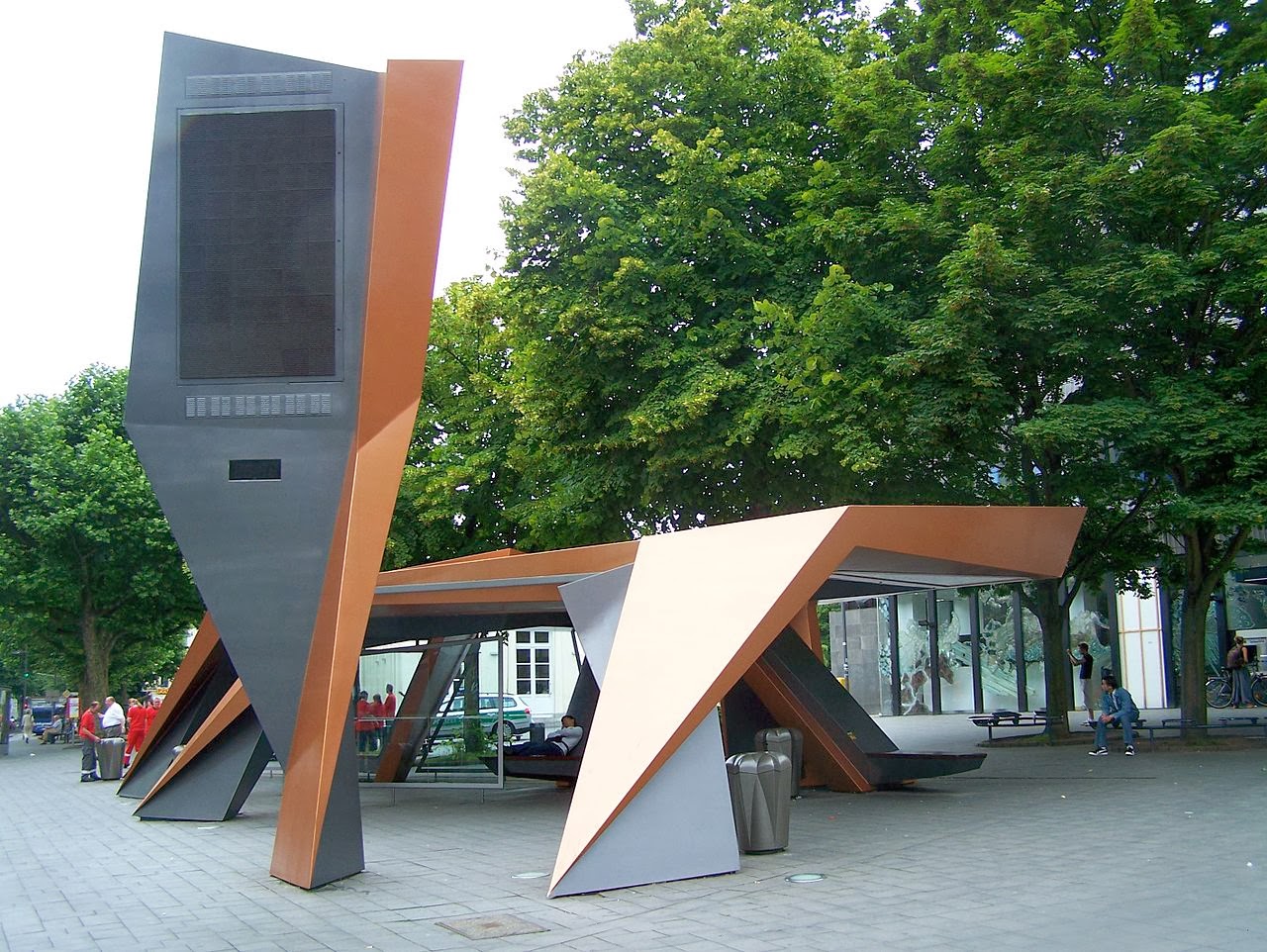Toyo Ito, born on June 1st 1941 is a Japanese architect known for creating conceptual architecture. He has been called one of the world`s most innovative and influential architects.
From 1965 to 1969 he was working fro Kiyonori Kikutake Architecture and Associates. In 1971 he started his own studio in Tokyo named Urbot (short for The Urban Robot) and in 1979 he changed the name to Toyo Ito and Associates.
In his early career he constructed a large number of private house projects in the urban life in Japan such as White U (1976) and Silver Hut (1984). The silver Hut is known for its conceptual design. His architecture career began with a project for his sitter called The U House located in the centre of Tokyo. The U House contained windows on the inside facing a courtyard instead of the typical outward-facing windows. This was the first experiment for Ito with the ways that light entered the buildings. He also used this concept of windows for the Silver Hut which was located in Nakona, Tokyo.
The U House Project (1976)
The Silver Hut (1984)
The Tower of Winds (1986) and Egg of Winds (1991) are interactive landmarks in public spaces resulting from a creative interpretation of contemporary technical possibility. Their function is to exhaust air out from the underground system below. During the day they appear as if they are perforated aluminium structures but during the night it appears as if it is dissolved by the use of computer-controlled light system. The light forms an interactive display representing measured data such as noise levels in their surrounding vicinity.
The Tower of Winds (1986)
The Sendai Mediatheque is one of Ito’s most iconic buildings. An other well known architecture building made by Ito is the Serpentine Gallery Pavilion (2002). In this project he worked together with Cecil Balmond, Arup. This appeared to be an extremely complex random pattern which was in fact derived from an algorithm of cubes that expanded as it rotated. The shapes that were used for this building (triangle and trapezoids) which are transparent gave them a sense of infinitely repeated motion.
Sendai Mediatheque - Toyo Ito
Serpentine Gallery Pavilion
Toyo Ito was given the Pritzkei Price in 2013. A member of the Pritzkei jury for 2013 said that throughout his career Ito was working to push the boundaries of architecture and to achieve that goal.
Bus Shelter by Peter Eisenman
Le Corbusier House
Japanese Architecture
Ito was inspired by many designers including Le Corbusier, Ray and Charles Eames, Mies Van Der Rohe, Frank Lloyd Wright, Peter Eisenman and also Japanese architecture.
Referencing :
ArchDaily. 2008. Toyo Ito. [ONLINE] Available at: http://www.archdaily.com/tag/toyo-ito/. [Accessed 20 January 14].
http://www.allposters.com/-sp/Serpentine-Gallery-Pavilion-2002-Kensington-Gardens-London-Architect-Toyo-Ito-with-Arup-Posters_i7180251_.htm
AllPosters.com. 2009. Serpentine Gallery Pavilion 2002, Kensington Gardens, London, Architect: Toyo Ito with Arup . [ONLINE] Available at: http://www.allposters.com/-sp/Serpentine-Gallery-Pavilion-2002-Kensington-Gardens-London-Architect-Toyo-Ito-with-Arup-Posters_i7180251_.htm. [Accessed 20 January 14].
ArchDaily . 2008. Flashback: Sendai Mediatheque / Toyo Ito. [ONLINE] Available at: http://www.archdaily.com/118627/ad-classics-sendai-mediatheque-toyo-ito/. [Accessed 20 January 14].
THE POWER ROOM LLC. 2014. POWER CREATIVES: LE CORBUSIER: THE ARCHITECT BEHIND KANYE WEST’S ‘YEEZUS’ PROJECT. [ONLINE] Available at: http://www.thepowerroom.com/le-corbusier-the-architect-behind-kanye-wests-yeezus-project/. [Accessed 20 January 14].
RIBA. 2006. Tower of Winds, Japan. [ONLINE] Available at: http://www.architecture.com/awards/royalgoldmedal/royalgoldmedal2006/towerofwinds.aspx#.UuS6h3mCq2w. [Accessed 20 January 14].
WordPress. 2014. Something Interesting. [ONLINE] Available at: http://blog.futonstorenyc.com/japanese-architecture-modern-buildings/. [Accessed 20 January 14].









No comments:
Post a Comment